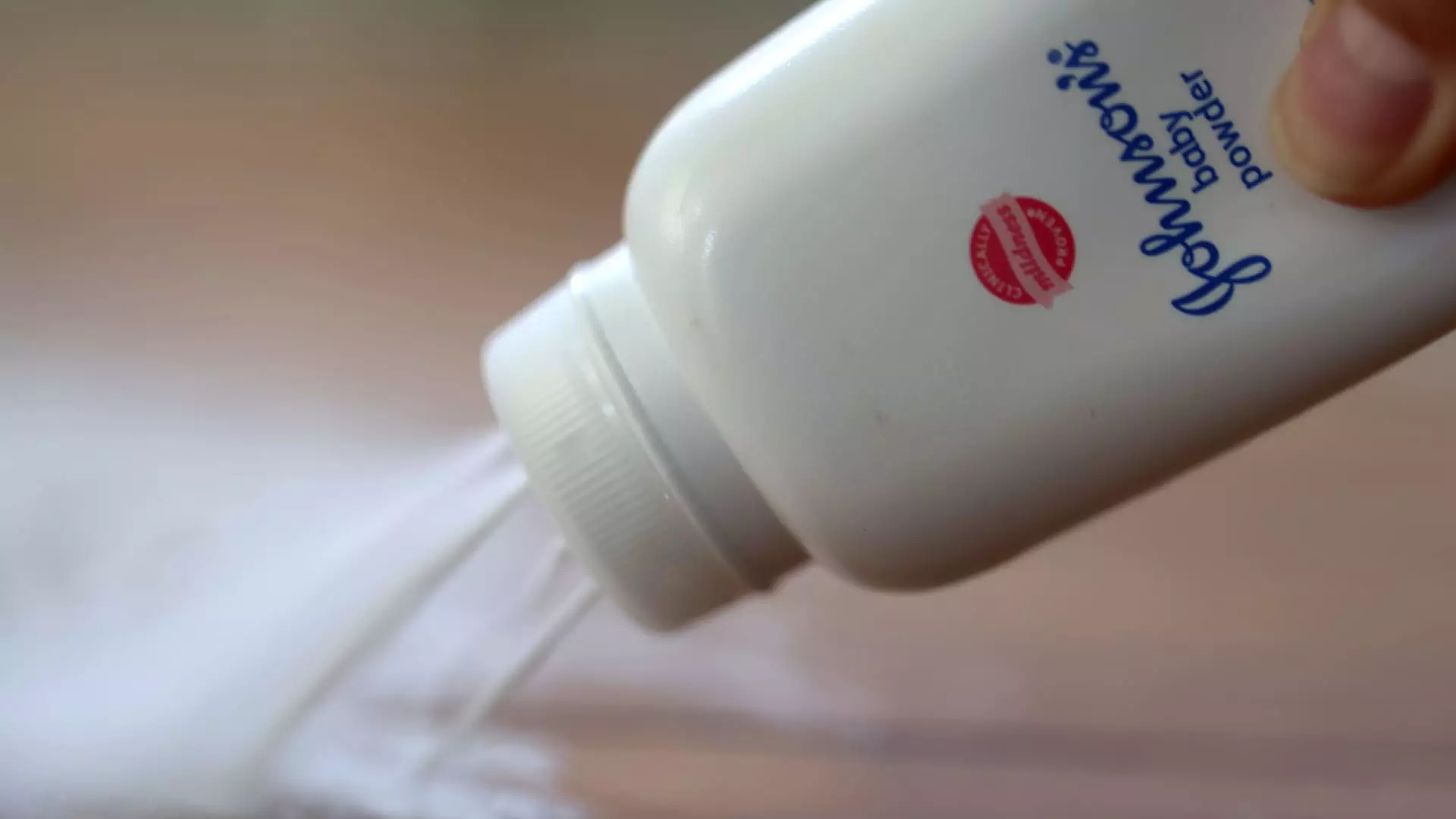Johnson & Johnson recently announced that it plans to pay $6.5 billion over 25 years to settle the majority of the thousands of lawsuits in the U.S. alleging that its talc-based products led to ovarian cancer. This settlement, which is subject to approval by the claimants, aims to put an end to the financial and public relations challenges that J&J has faced due to these lawsuits. The company maintains that its talc baby powder and other talc products are safe for consumers, despite the allegations made against them.
Legal History and Financial Implications
The vast majority of talc-related lawsuits against J&J revolve around claims of ovarian cancer, with the company having set aside $11 billion in reserves for talc claims. In the first quarter, the company recorded a charge of approximately $2.7 billion to bolster its reserve fund. J&J’s effort to settle the lawsuits through a subsidiary company’s bankruptcy filing has faced resistance from the courts in the past. However, the company is optimistic about the current settlement plan, which involves a third bankruptcy filing by LTL Management.
While J&J is confident that the settlement plan will receive approval from the claimants, there are challenges ahead. The company needs at least 75% support from the claimants to move forward with the bankruptcy settlement and prevent future lawsuits. The lack of involvement of claimants in the past bankruptcy cases raises questions about the fairness and transparency of the process. Despite J&J’s claims that the settlement offers a better recovery for claimants compared to a trial, there are concerns about the lack of accountability and justice for those affected by talc-related health issues.
Although the settlement plan is viewed as a positive step by J&J, it may not address all the legal challenges faced by the company. Claims related to mesothelioma, a rare form of cancer, will be handled separately from the new settlement plan. J&J has already resolved 95% of mesothelioma lawsuits and is focused on reaching final settlements in other legal proceedings. The company’s efforts to resolve claims from multiple states and suppliers of its talc products highlight the complexity and scale of the legal issues surrounding its talc-based products.
Johnson & Johnson’s settlement plan for talc-related lawsuits represents a significant milestone in the company’s efforts to address the legal fallout from its talc products. While the settlement offers a potential path to resolution for thousands of claimants, questions remain about the fairness, transparency, and long-term implications of the plan. As the legal process unfolds, it is essential for stakeholders, including claimants, investors, and the public, to closely monitor the developments and outcomes of the settlement to ensure accountability and justice for those impacted by talc-related health issues.

